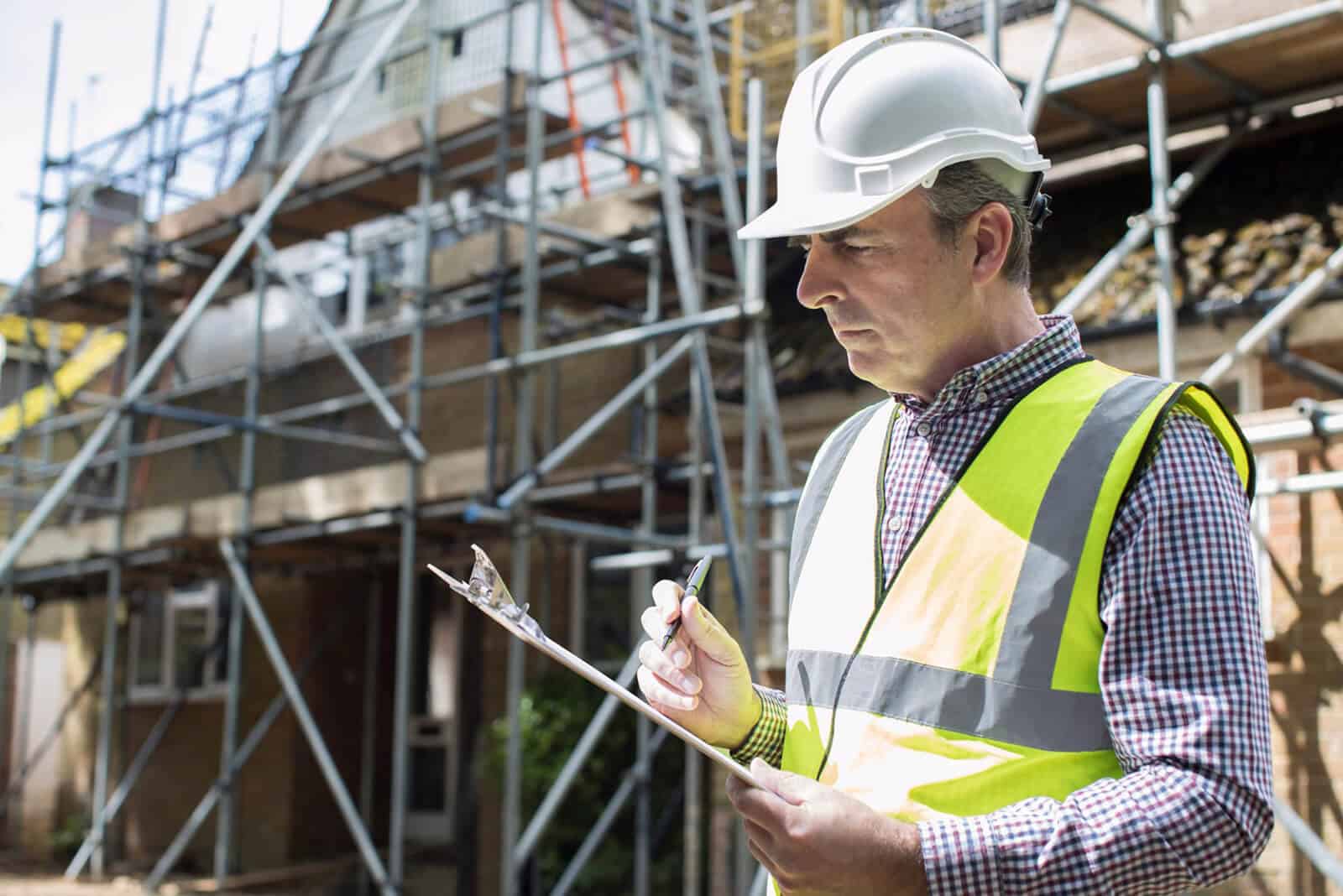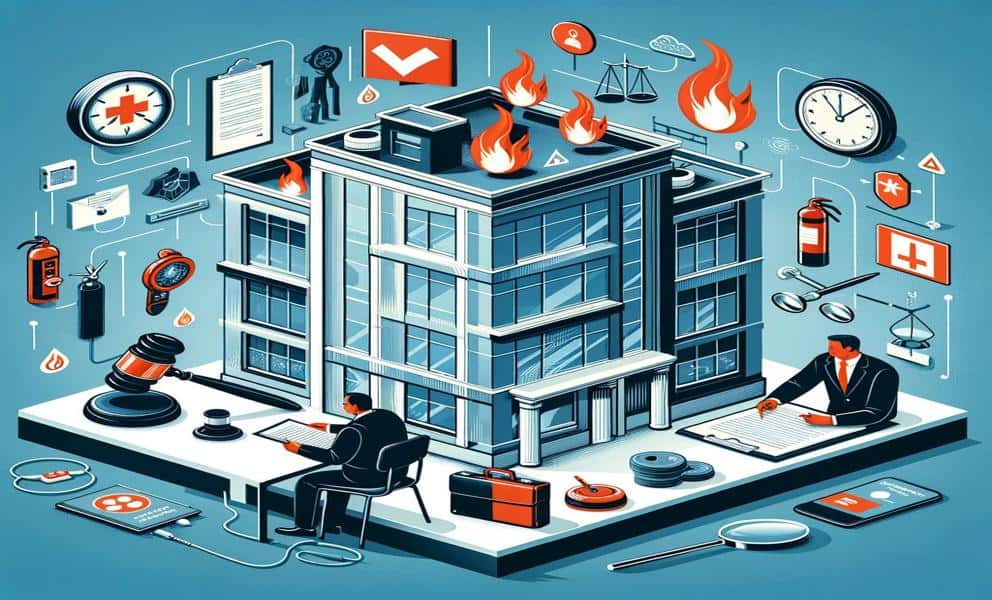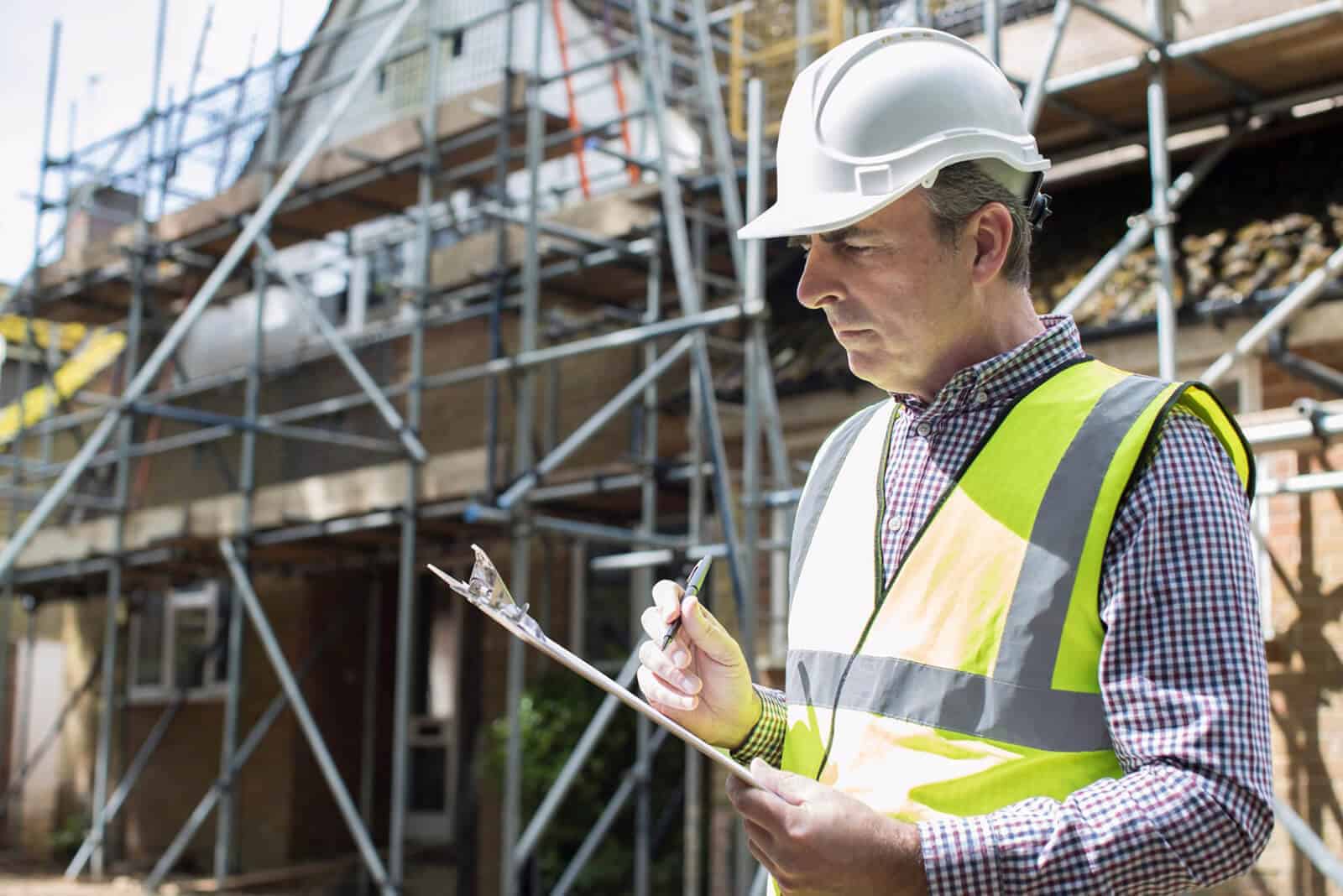
Is Effective Safety Training in the Construction Industry necessary?
In today's blog we’ll be looking at the importance of effective safety training in the construction industry; why safety training should be on every site manager’s priority list and why it pays to do it properly.
While historically a lot of training on the work site consisted of either being told to crack on and learning from the inevitable mistakes, or working with a more experienced hand, these days safety training in the construction industry can take many forms.
Why Should You Train Your Workers?
There are several reasons why effective safety training in construction is important… and these go beyond procedural box-ticking.
Safer Workplace
Let’s start with the obvious reason why effective safety training is important: it makes your workers, and the workplace, safe.
Every employee or worker deserves to leave in the same condition that they arrived in, and effective training can help to ensure this.
When you train employees in bread-and-butter safety practices such as proper PPE use, safe use of tools and equipment and reporting of damage, accidents and near misses, you’ll naturally see reductions in accidents and incidents.
Don’t forget that you don’t necessarily have to provide the training itself; ensuring any contractors or workers have relevant industry training or accreditation (such as CSCS cards) is a valid way of managing safety and will also contribute toward you achieving a safer construction site.
And when your site is safe, you can expect to see:
Increased Efficiency
Contrary to popular opinion that health and safety always slows progress down and is a hindrance, effective health and safety training can actually improve operational efficiency.
When you write your own standard operating procedures, or RAMS, you also have the opportunity to standardise the ways people work.
You can set out the best, most effective way, to achieve the desired results, alongside the safety objectives.
Standardising the way people work leads to less time wondering how to do something, less intuition being applied (which may not always be based on solid experience and knowledge), and fewer poor decisions being made.
You can also extend the service life of tools, equipment, and PPE, by training your workers in how to effectively clean and maintain them.
You’ll see less downtime for repairs and replacement, equipment performing more efficiently, and spend less on replacement parts and their installation.
Legal Compliance
Under the Management of Health and Safety at Work Regulations 1999, employers have a duty to provide effective information, instruction, training, and supervision.
Failure to provide effective safety training on your construction site, particularly if it leads to an accident or incident occurring, can increase the likelihood of prosecution.
So, making sure your workers, as well as contractors and/or visitors, are fully aware of the risks they may face, and how to work safely, will help keep your operation legally compliant.
Improved Morale
A good safety culture is crucial on any construction site.
You want your workers to care about, and take responsibility for, their own safety as well as others, to act in a safe way, and have the integrity to be honest about their mistakes.
You want your workers to encourage each other to work safely and consider how they can make improvements in the way workplace risks are managed.
A brilliant way to nurture this health and safety culture in the construction industry is through effective safety training.
When employees can see that they are being invested in, on a personal level, it tells them that you care about their wellbeing, and value them and their work.
This naturally leads to a greater sense of belonging, encourages employees to work hard, and go the extra mile.
Why is effective safety training in the Construction Industry important?
So far in this blog we’ve talked about why training, in general terms, is important.
It’s equally crucial, however, that the safety training provided is effective.
Many employers have found themselves being penalised when, in the course of an investigation, it has been found that their training, manifested in the form of risk assessments, have not been suitable or sufficient.
It is not enough, therefore, to merely have a rough risk assessment, manual, or training document.
The training needs to adequately convey the safety information in a way that is coherent and understandable.
Training needs to go into sufficient detail to explain the risks involved with a task, equipment or environment, rather than merely contain superficial information.
On the other hand, however, going into too much detail, and giving your workers an information overload, is equally detrimental.
Providing effective training is, therefore, a delicate and difficult balance to strike.
How Can You Provide Effective Safety Training On Your Site?
Safety training begins at the induction phase.
This is the time to provide workers with your health and safety policy arrangements, which will give them an overview of how you intend to make sure they’re safe.
You can also provide a description of key site risks, method statements that relate to their core duties, and other documents that may explain how to safely work on the construction site.
At the point of providing PPE, you should also provide documentation outlining how to don and doff the PPE as well as clean and maintain it. They should be aware of when to replace it, and how.
Visitors and contractors should also be given a brief site induction as well as a safety file explaining the site hazards, what they must do to remain safe, and any other site safety rules.
New workers, particularly those that are young, inexperienced, or vulnerable, should be closely supervised by a competent worker before they are allowed to work unsupervised or alone.
And when it comes to complex safety issues - for example, fire extinguisher training, working at height, use of mobile plant, or first aid - you may want to seek training from a certified third party trainer.
Majestic Site Management Safety Training
While there are clear benefits to providing effective training, it is also your duty as an employer.
If managing to do this feels like yet another impossible task for you and your management team, there’s an easy solution.
Majestic Site Management can be relied upon to provide safety training in everything from basic safety awareness all the way through to training designed specifically for Directors.
The importance of effective safety training in the construction industry can not be underestimated. Let us help you to train your workforce and keep them safe - get in touch today to get your training underway.
For more information about our 'in-person training courses' click here. For 'online training courses' click here.

With over 30 years’ experience in the construction industry, Lee offers more than just a helping hand to keep your project on track. Majestic Site Management also specialises in site compliance, and health and safety, with a long-list of credentials to prove it. Connect with Lee on LinkedIn >>


